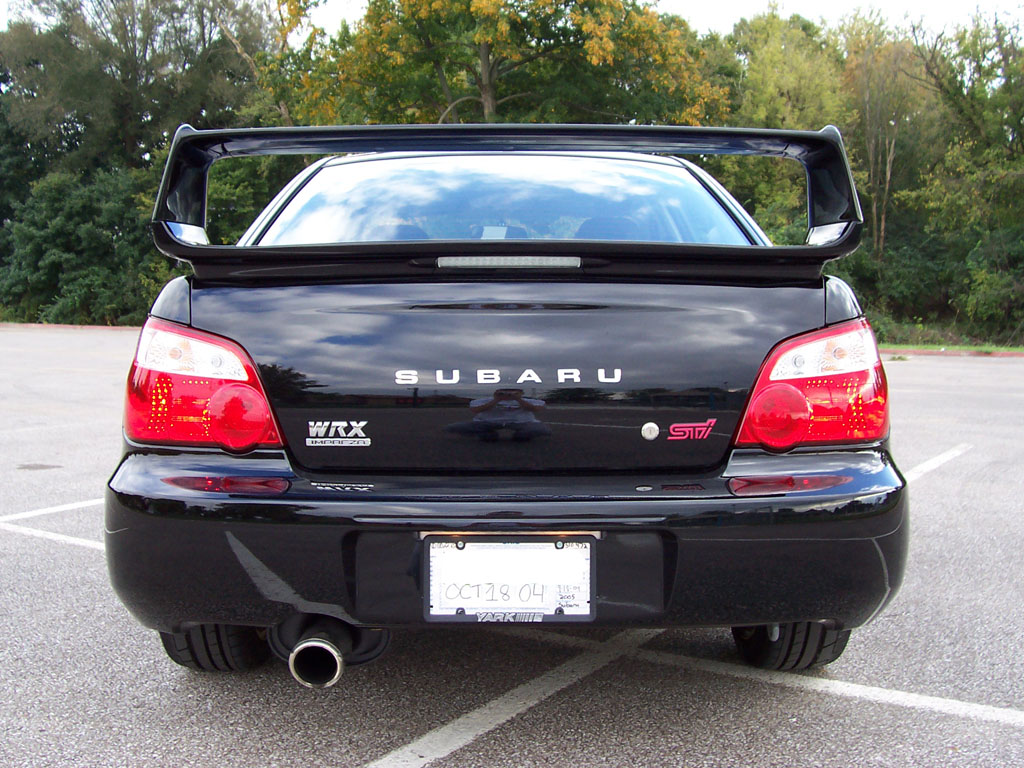Techno for Credit: musie145
Update 2006 May: Electro 145 Techno class notes.
Why does relatively obscure electronic music seem to
appeal to mainstream advertisers? How does the music
communicate to an audience unaware of who the artist
style might be, or even unaware that they are listening
to music? Why would electronic music make for the
"sonic wallpaper" of choice?
Is there anything radically different between the mashup
aesthetic and previous sample-based styles? In what ways
does the mashup emerge from pre-existing practices?
What distinguishes a mashup from a remix? How do
mashups derive their affective force? Is irony a necessary
dimension of a mashup's power?
In the mid-1990s, the advent of the term electronica marked a mainstream arrival of sorts for electronic music. But long before marketing teams and MTV fastened on the concept, electronic music had become integral to musical experience in the mainstream and on the margins. From the tape-splicing and studio-craft that are now part and parcel of popular music production to the increasingly central and creative role played by DJs in the transmission and performance of music, electronic music—i.e., music produced, performed, and mediated via electronic technologies—has suffered from an absence in the public conversation at the same time that it has enjoyed a certain ubiquity.
Required Texts:
* Peter Shapiro and Iara Lee, ed. Modulations: A History of
Electronic Music. Caipirinha Productions: 2000.
* Cox and Warner, eds. Audio Culture: Readings in Modern Music.
Continuum: 2004.
* Simon Reynolds. Generation Ecstasy: Into the World of Techno
and Rave Culture. Routledge: 1999.
When discussion does turn to electronic music and its various
subjects, the discourse reveals a range of assumptions about
technology and musicianship, ownership and community, social change
and cultural continuity, to name a few. This course aims to illuminate
the many ways that electronic technologies have shaped popular music
production and consumption over the last fifty years, shaping selves
(and often others) in the process.
Beginning with the European and American avant-garde, this course will
trace the development of electronic music through Kingston Dub,
Chicago House, Detroit Techno, Bronx Hip-hop, British Rave, Rio Funk
and Global Trance, among others. Analysis/appreciation of musical
style and the relationship to particular technologies—aided by
creative workshops and "production projects"—will accompany an
examination of the music in its social and cultural contexts with an
attention to popular and scholarly representations. Overarching themes
will include: the dynamics of global circulation and local creation;
the production of identities—racial, ethnic, class-based,
counter-cultural, etc.—via electronic music; questions of musical
meaning/value and cultural propriety in post-colonial circumstances
(e.g., notions of authenticity, appropriation, dominance/resistance);
the phenomenological aspects of listening and dancing.
Six times over the course of the semester, using FL Studio
music-making software (or the software/hardware of one's choice) and
drawing from the lecture-demonstrations, the listening selections, and
the stylistic templates and samples provided, students will create
tracks in the musical styles we study.
Useful References:
* Ishkur.com – good overview of various substyles, with listening examples
(and rather opinionated commentary).
* JahSonic.com – lots of hyperlinks and informed commentary.
* Allmusic.com – browse by genre for overview of various styles, with links
to specific artists.
All for credit at musie145.





